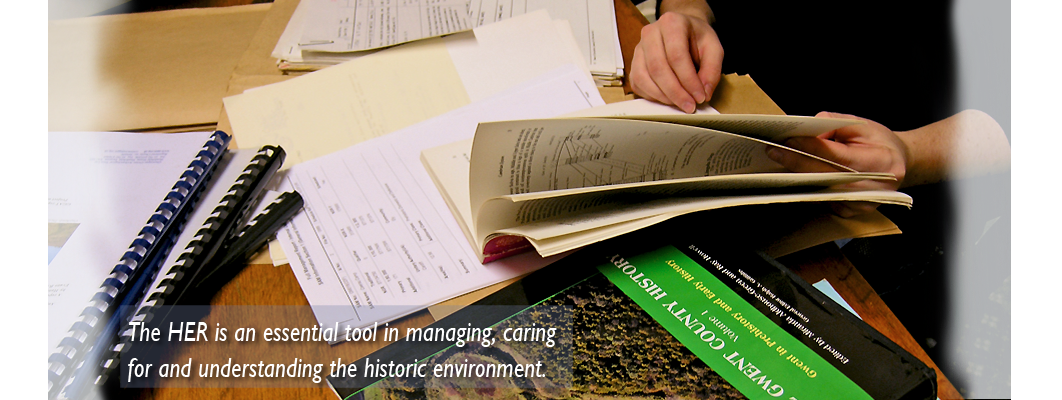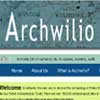Historic Environment Record
Role of the HER: To provide a record of archaeological and historical sites of all periods

Role of the HER
The regional Historic Environment Records compiled and maintained by the four Welsh Archaeological Trusts aim to provide a comprehensive catalogue of archaeological and historical sites, monuments, and finds of all periods throughout Wales. These are constantly up-dated and expanded as new information becomes available.
The Historic Environment (Wales) Act 2016 introduced a duty on the Welsh Ministers to compile and keep up to date a historic environment record (HER) for each local authority area in Wales. The Trust acts on behalf of Welsh Ministers to maintain, manage, enhance and preserve this resource and actively promotes consultation of and access to the record for all parties. This resource is further safeguarded through the established Glamorgan-Gwent HER Charitable Trust which holds these records.
Education of the public in archaeology is the primary aim of the Trust for which the Historic Environment Record is a vital resource. The HER provides a central point of contact for individuals or groups researching the archaeology of their local area within Southeast Wales. We often take the digital record 'on the road' to public shows and events to raise awareness of archaeology and further inform the public about their heritage. A dedicated workstation is provided at the Trust for the use of visitors to the HER. The current, main objective of the HER is to increase accessibility to the digital record through publishing information online.
The Historic Environment Record also plays an integral role in heritage management, facilitating the management of individual sites as well as the landscape as a whole. Heritage management aims to manage and protect the archaeological resource through schemes such as Glastir.
The record is also used to inform planning and development decisions; Archaeological Planning officers can provide advice based on the record to local planning authorities and contractors. This allows the impact upon the archaeological resource by a development to be adequately assessed. If archaeological work is undertaken as a result of development, the information gained from such works is fed back into the HER, thus enhancing the record for future use.






